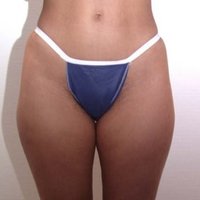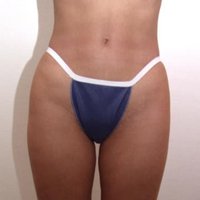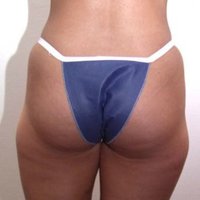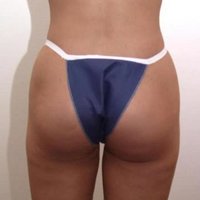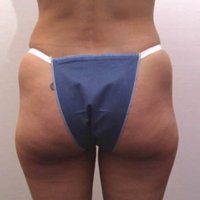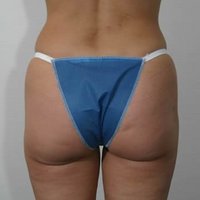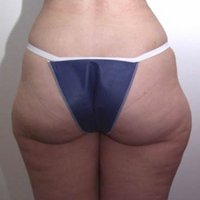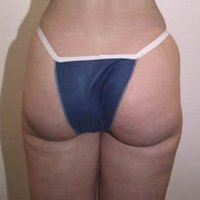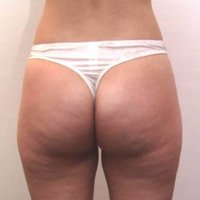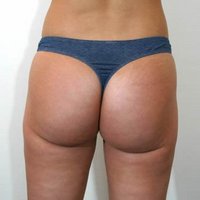Liposuction eliminates in a permanent way fat deposits in the areas of the thighs, the buttocks or the knees in order to reduce the bodyline. The surgery is relatively efficient and easy to do in the area of the thighs and the buttock, because the skin of these two areas is elastic enough to shrink by itself. If there is no natural shrinkage of the skin it is necessary to remove it by surgery. The tendency to accumulate fat in the area of the thighs, the buttocks or the knees can be hereditary. The fat in these areas is very resistant to diets and physical exercise, especially the fat on the outer side of the thighs. Nevertheless, it is very important that the patient has a stable weight, has regular nutrition and adopts physical exercise. Liposuction is not a diet. The weight of the patient must be stable before surgery.
Surgery procedure
Before the surgeon will mark the areas where the fat will be removed.
Surgery can be done under a local anaesthetic, a regional or a general anaesthetic, it depending on the extent of the surgery.
With the assistance of cannula it is possible to remove the fat tissue of the thighs, the buttocks or the knees and give them an appealing shape. The specially formed liposuction cannula is connected to a vibrating hand piece and a vacuum pump. The small incisions of 3-4 mm will be made, if possible, where they will not be noticed.
To loosen the fat cells and to reduce bleeding, a liposuction fluid (sodium solution) enriched with medication (adrenalin/anesthetic) is injected in the liposuction area. Known as the Tumescent Technique or Wet Technique.
At the end of the operation a compressive bandage is used as a dressing (compressive leggings), in order to lessen pain and inflammation and to shape the skin and soft areas of the body.
Inpatient or outpatient
Thigh, buttock or knee liposuction is often undertaken at the clinic in outpatient setting. If significant amounts of fat need to be removed, the medical treatment must be prolonged.
Remission Time
A large amount of inflammation and bruising will disappear within 3 weeks. To accelerate the remission time it is recommended to resume usual activities as soon as possible.
If you work mostly seated at your job you can begin work again after only a few days. If your work is heavier in nature, you will need to prolong the remission time.
After 2 or 3 weeks, you will see changes that were brought about by the surgery, but the end results will only be seen in 6 to 12 months. The more fat that needs to be removed, the longer you will need to wait before seeing the final result. This is because the skin has to shrink more.
Further Information
Thanks to liposuction a proportion of the adipose cells will be eliminated in a permanent way. However, some of the remaining adipose cells will still store fat, but in a less noticeable way. This does not mean that liposuction will keep you from putting on weight, nor will it stop fat storage in other areas of the body. So, it is very important to pay attention to your diet and to have regular physical activity to control your weight. The natural ageing process influences the firmness and the elasticity of the skin. This is why the results of liposuction on a young person cannot be compared to the results on an older person.
Risks
Even if liposuction is the most practiced aesthetic surgery, and succeeds in most cases, there are always risks and limits which are similar for all surgical procedures.
In some cases, patients suffer from sensation dysfunction in the surgery area, from excessive scarring (very rare) and from skin surface irregularities.
Some more severe complications can occur in rare cases: Thrombosis , Infections, Losing liquid with chocs shock, Pulmonary embolism, Pulmonary oedema, Pulmonary perforation (very rare)
The combination of the following factors increases the occurrence of severe complications:
- A large proportion of fat to be removed (more than 5% of the body weight)
- A second simulative surgery (duration of surgery)
- General anaesthetic
- Hypertension or cardiovascular disease
- Cardiac disease
- Diabetes
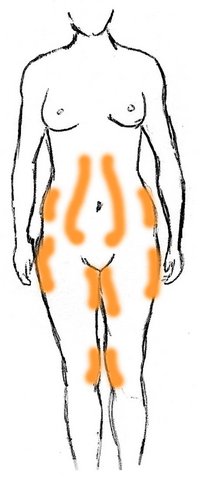
![[Translate to english:] Reithose](/fileadmin/_processed_/a/7/csm_reithose_1_692837327c.jpg)
